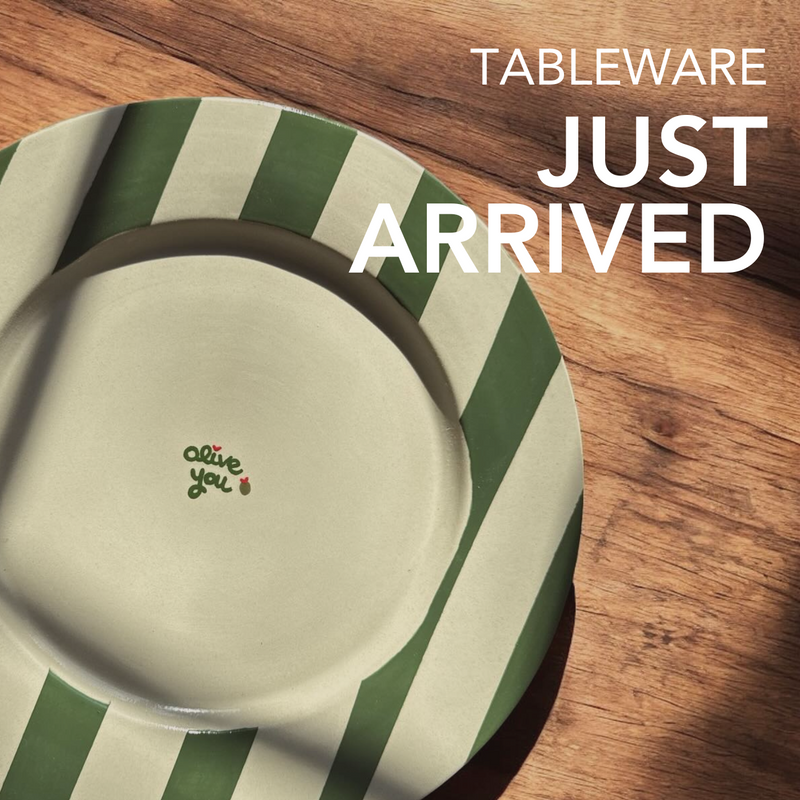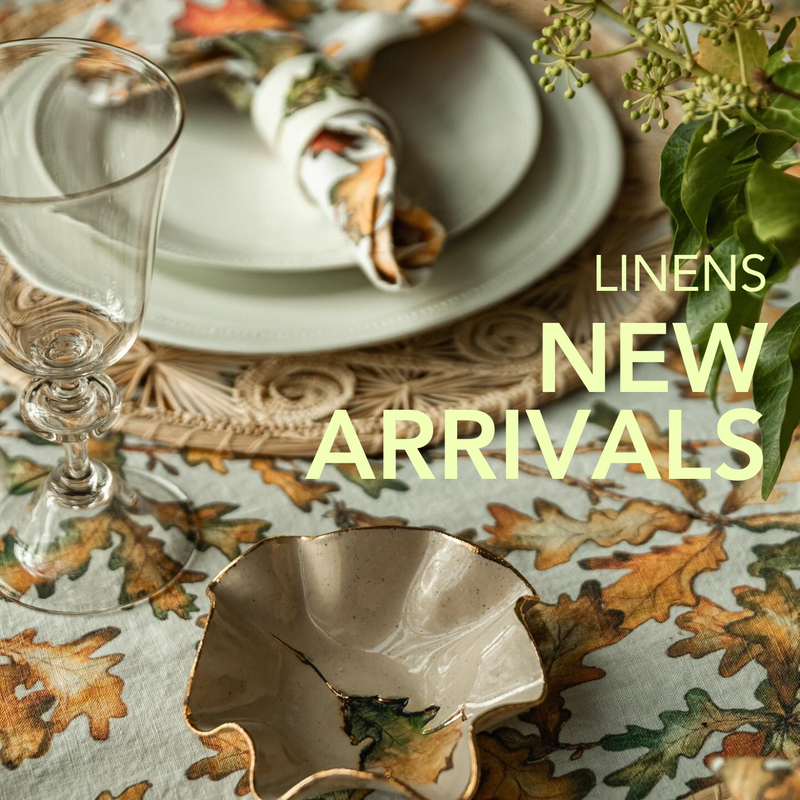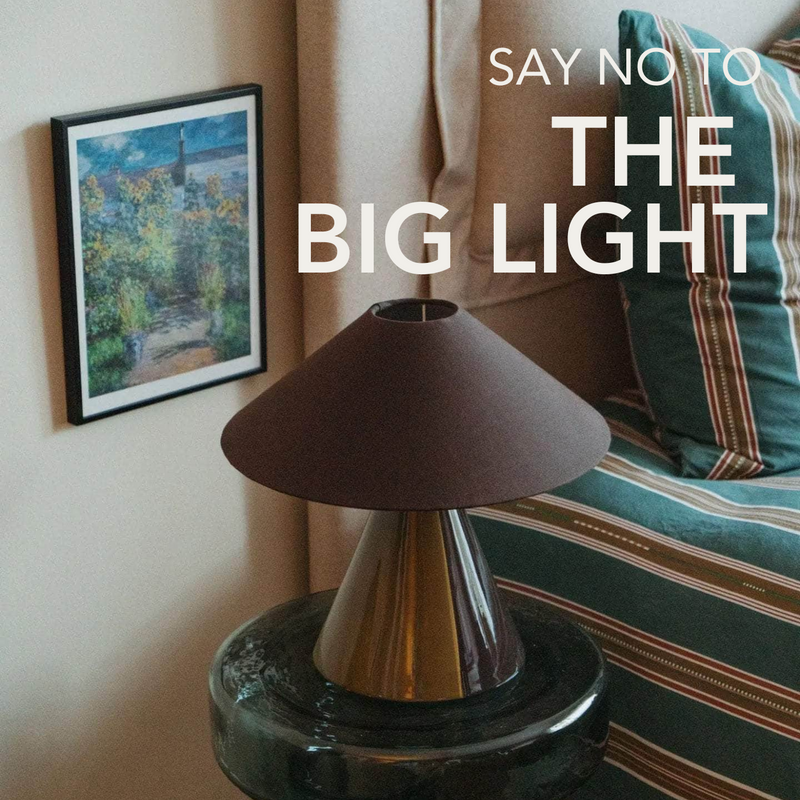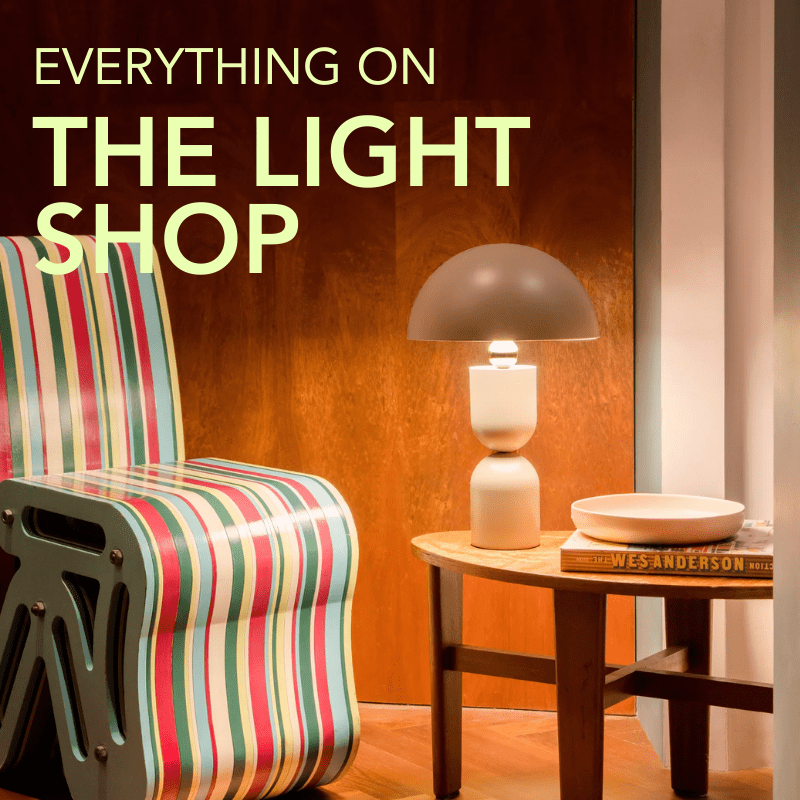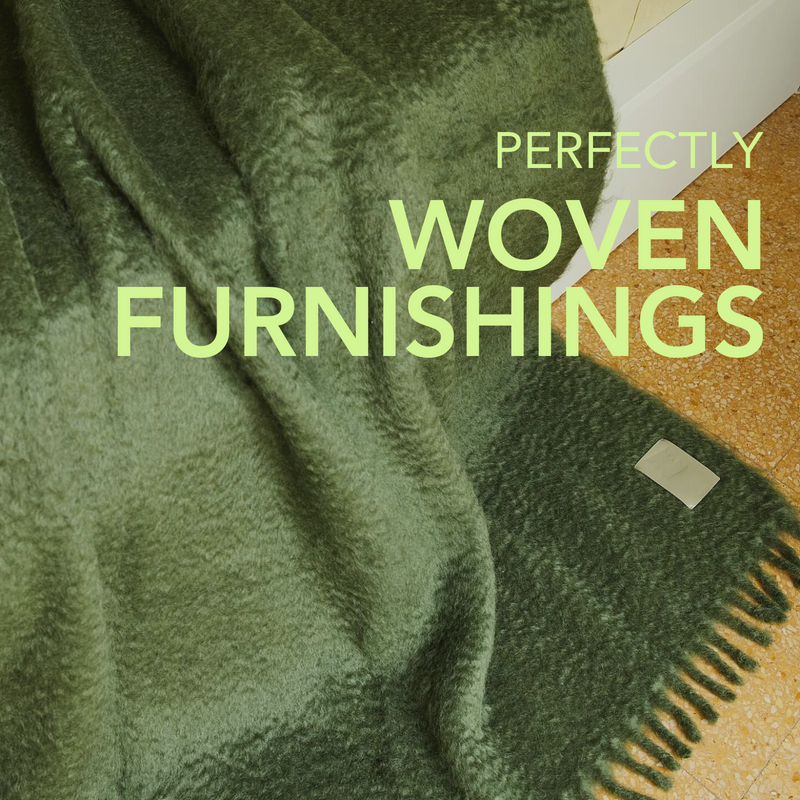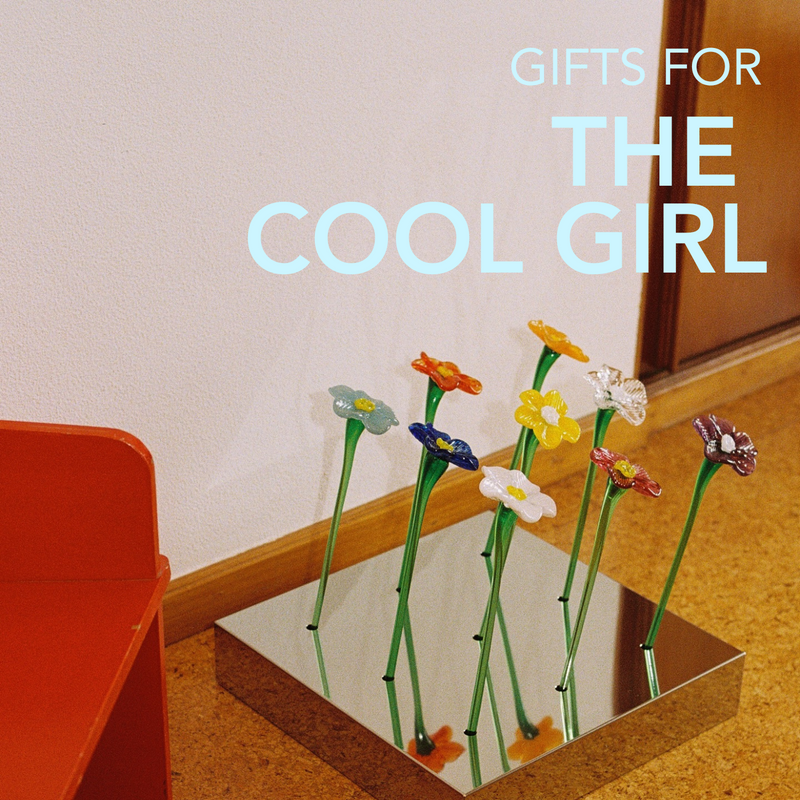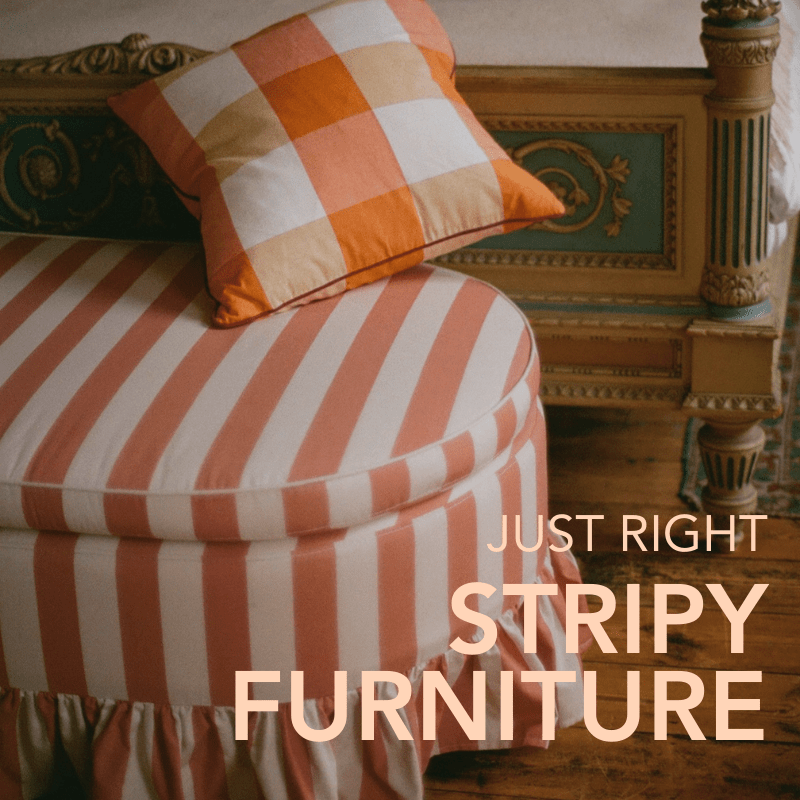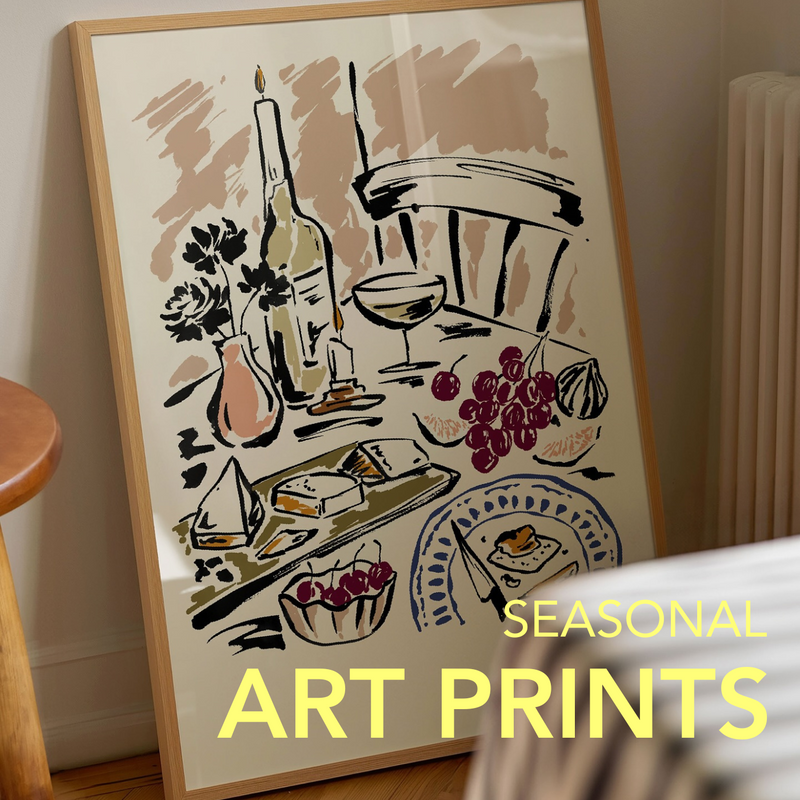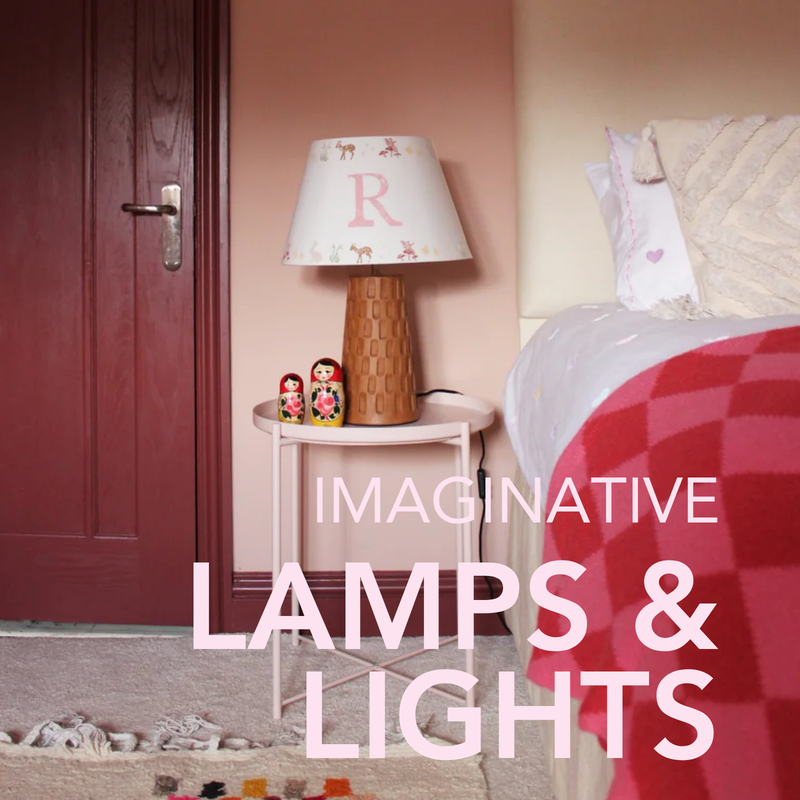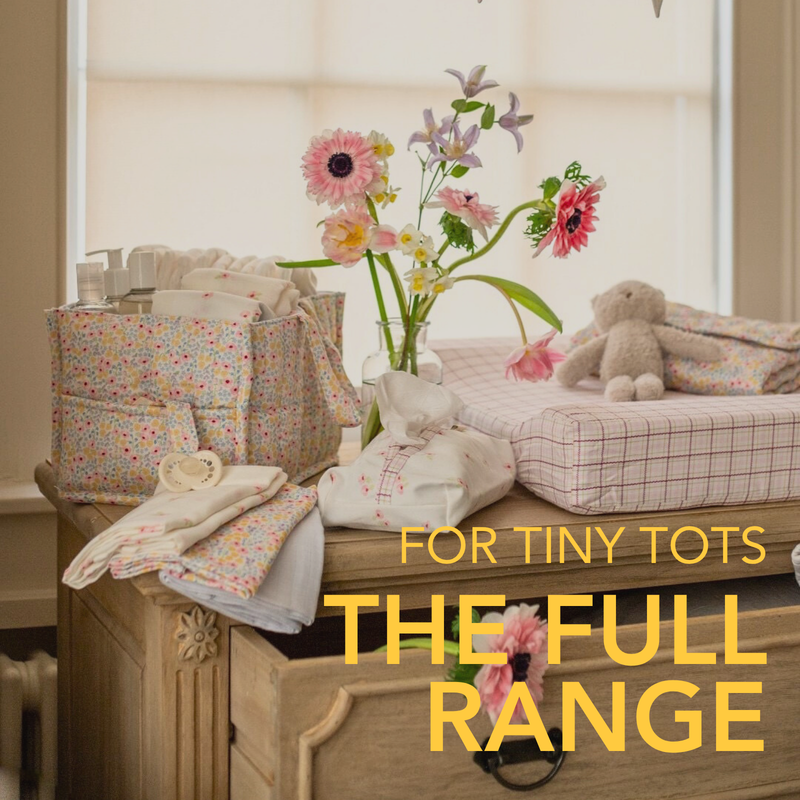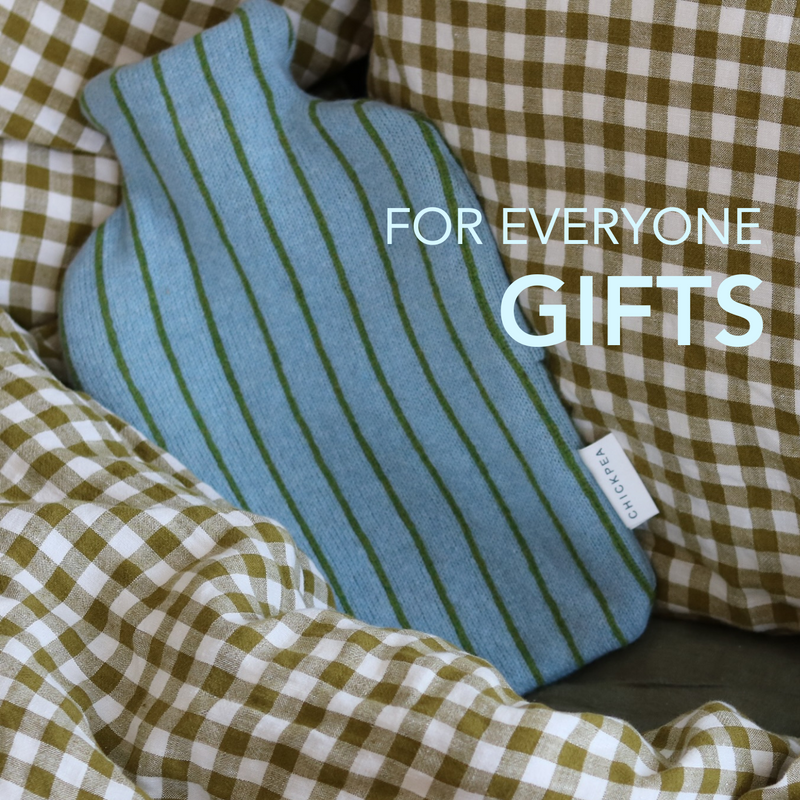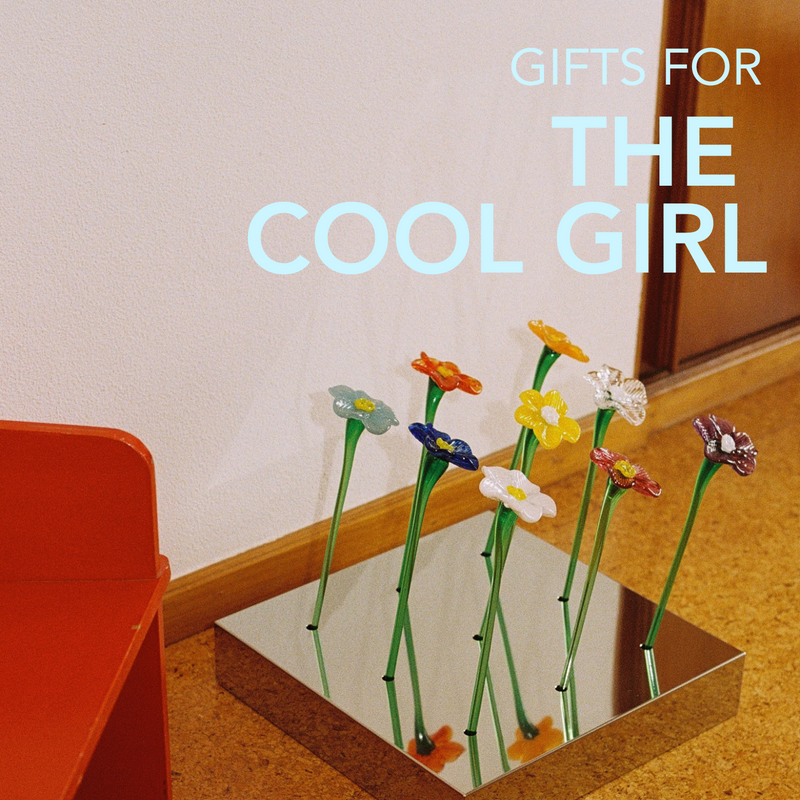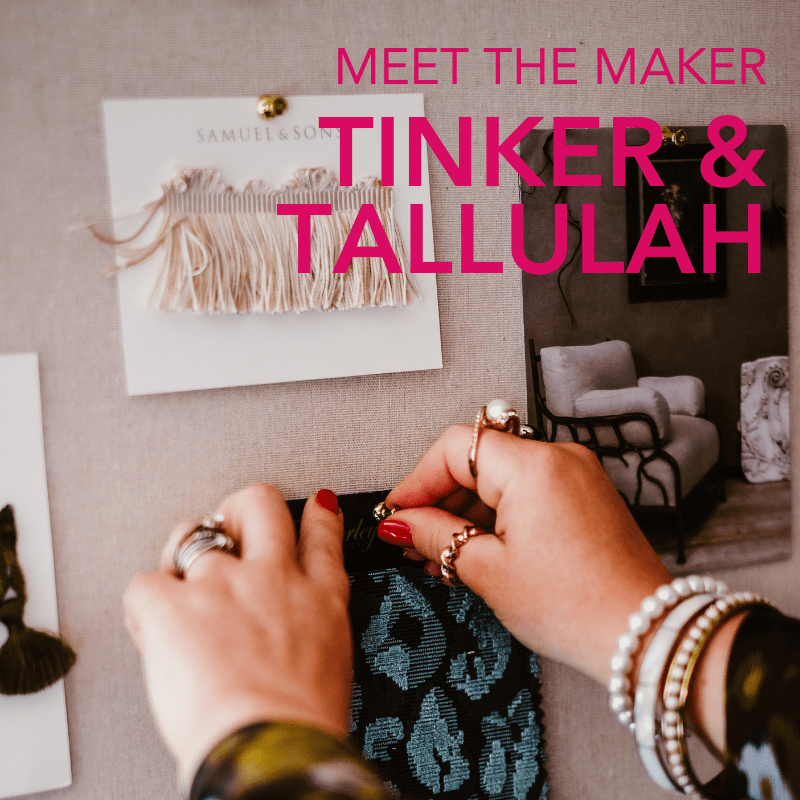This store requires javascript to be enabled for some features to work correctly.

Stepping into Glamour: A Guide to Art Deco Design
Have you ever walked into a space and felt instantly transported to an era of opulence and geometric flair? That's the magic of Art Deco! This sophisticated interior design style, which flourished in the roaring twenties and continued through the 1930s, remains a timeless source of inspiration for those seeking a touch of drama and elegance in their homes. At Maison Flâneur, we adore how Art Deco effortlessly blends the old with the new, creating spaces that feel both glamorous and liveable.
But what exactly defines this iconic style? And how can you weave its distinctive charm into your own interior design projects? Let's delve into the key characteristics, historical influences, and practical tips for embracing the Art Deco aesthetic. Remember, this is just the beginning of your design journey! For a broader understanding of the diverse world of interior styles, be sure to explore our comprehensive guide to all interior design styles.
By Marie Winckler
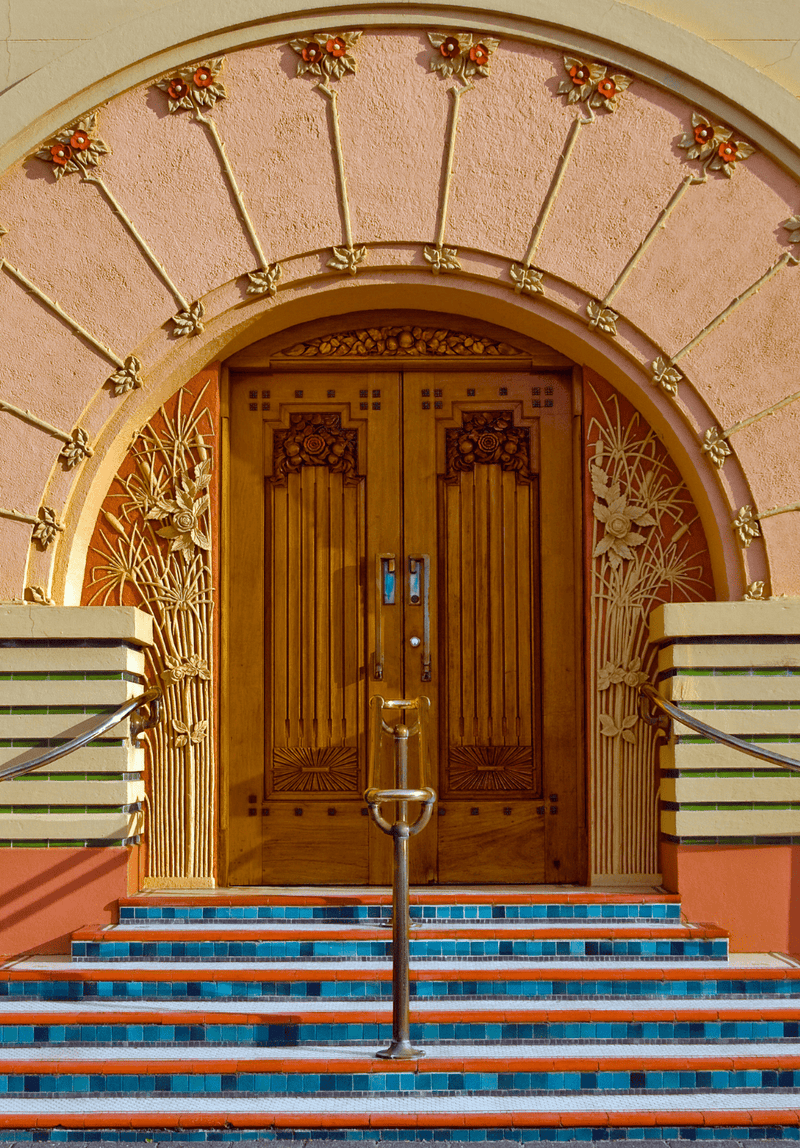
What are the Defining Features of Art Deco Interior Design?
Art Deco is instantly recognisable for its bold geometric patterns, rich materials, and a sense of streamlined modernity. Forget fussy florals and rustic textures – this style is all about sleek lines, symmetry, and a touch of theatricality. Think zigzags, chevrons, sunbursts, and stepped motifs appearing on everything from upholstery to wall coverings.
Another hallmark of Art Deco is its embrace of sumptuous materials. Picture polished chrome, gleaming brass, dark lacquered wood, and luxurious velvets—textures that bring depth and drama to any space. Colour palettes often play with contrast: black and gold, emerald and silver, or muted creams accented with metallics. The result? A style that’s bold, sophisticated, and never boring.
Are you an Interior Designer?
Join our Trade Program—a curated community of design professionals with exclusive access to bespoke pieces, trade pricing, and personalized support.

Where Did the Art Deco Style Originate?
The Art Deco movement emerged in Europe in the early 20th century, reaching its peak in the 1920s and 1930s. It was heavily influenced by a variety of sources, including the geometric forms of Cubism, the vibrant colours of Fauvism, and the exoticism of ancient Egyptian and Aztec art. The discovery of Tutankhamun's tomb in 1922, for example, sparked a fascination with Egyptian motifs that found their way into Art Deco designs.
The "Exposition Internationale des Arts Décoratifs et Industriels Modernes" held in Paris in 1925 is widely considered the event that popularised the style, giving it its name. This exposition showcased the latest trends in decorative arts and design, emphasizing craftsmanship, innovation, and a departure from the more organic forms of Art Nouveau that preceded it.
Many Art Deco designs were inspired by the optimism of the machine age, with motifs like zigzags, sunbursts, and chevrons symbolising progress and innovation during the 1920s and 1930s. Think about the streamlined shapes of early automobiles and aeroplanes – their influence can be seen in the sleek silhouettes of Art Deco furniture and lighting.
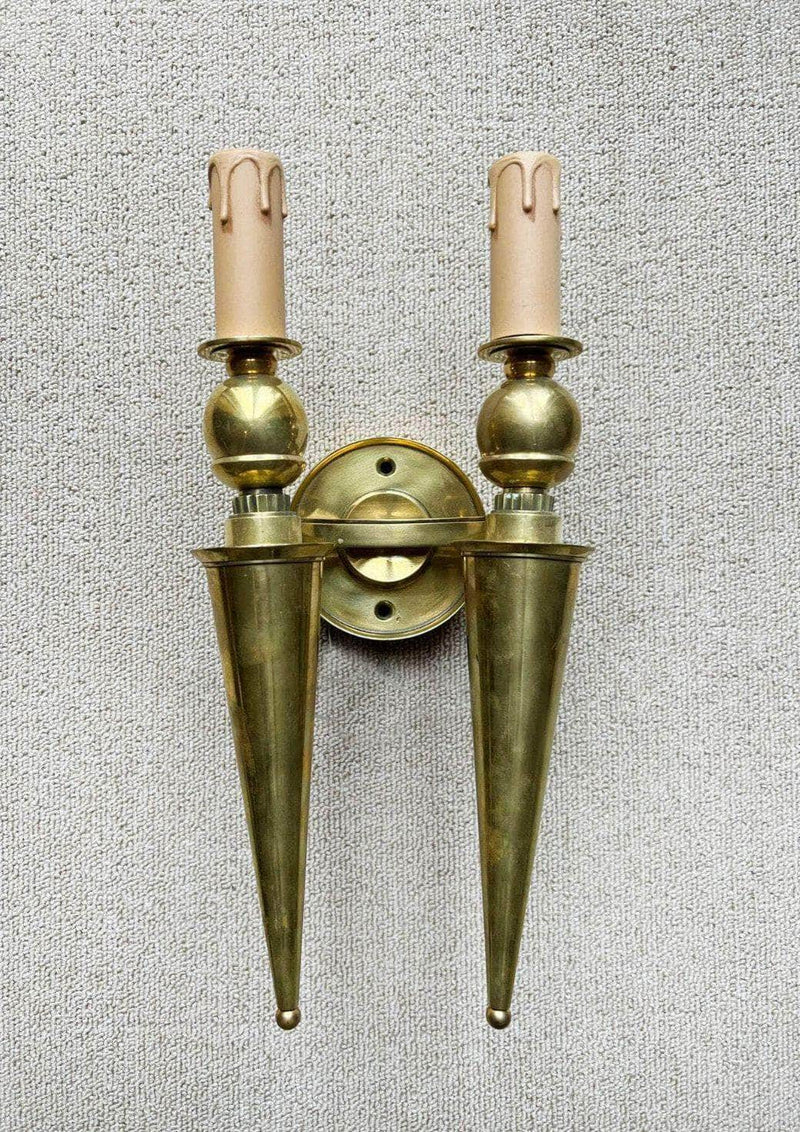
Focusing on Furniture with Strong Silhouettes
Look for furniture pieces with strong, clean lines and geometric shapes. Think about a sideboard with stepped detailing, a plush velvet armchair with angular arms, or a coffee table with a mirrored or glass top supported by metal legs.
Consider incorporating statement pieces that embody the Art Deco spirit. A striking drinks trolley in polished brass, for instance, can instantly add a touch of old-world glamour to a living space. At Maison Flâneur, our collection often features pieces that echo this emphasis on striking silhouettes and quality craftsmanship.
Don't be afraid to mix materials. A dark wood desk paired with a leather and chrome chair can create a sophisticated Art Deco-inspired workspace. Remember, the key is to choose pieces that feel both substantial and stylish.
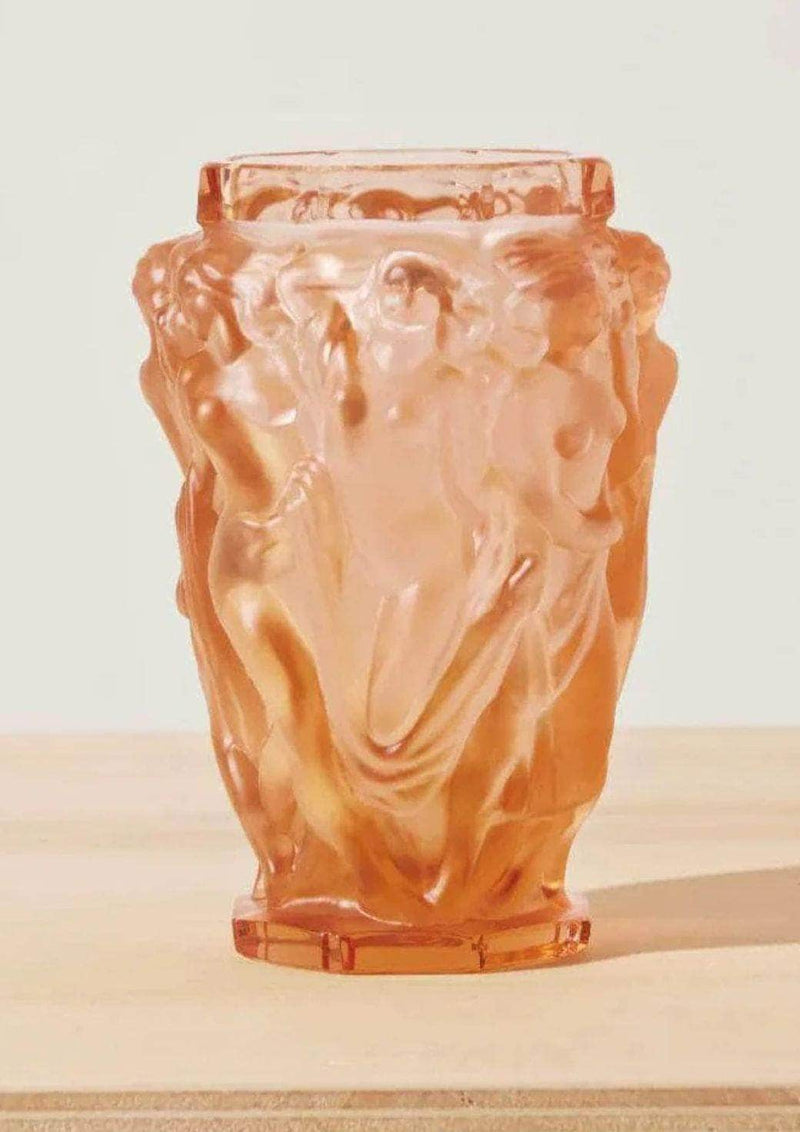
Embracing Bold Patterns and Textures
Introduce Art Deco patterns through rugs, cushions, and wallpaper. Geometric motifs like chevrons, zigzags, and fans can add visual interest without overwhelming the space. Consider the impact of luxurious textures. A velvet sofa in a rich jewel tone, paired with silk cushions featuring metallic embroidery, can instantly elevate the feel of a room. Explore our range of decorative cushions for pieces that can add this touch of tactile sophistication. Think about incorporating mirrored surfaces. A large, geometrically shaped mirror can not only enhance the sense of light and space but also add a quintessential Art Deco touch.
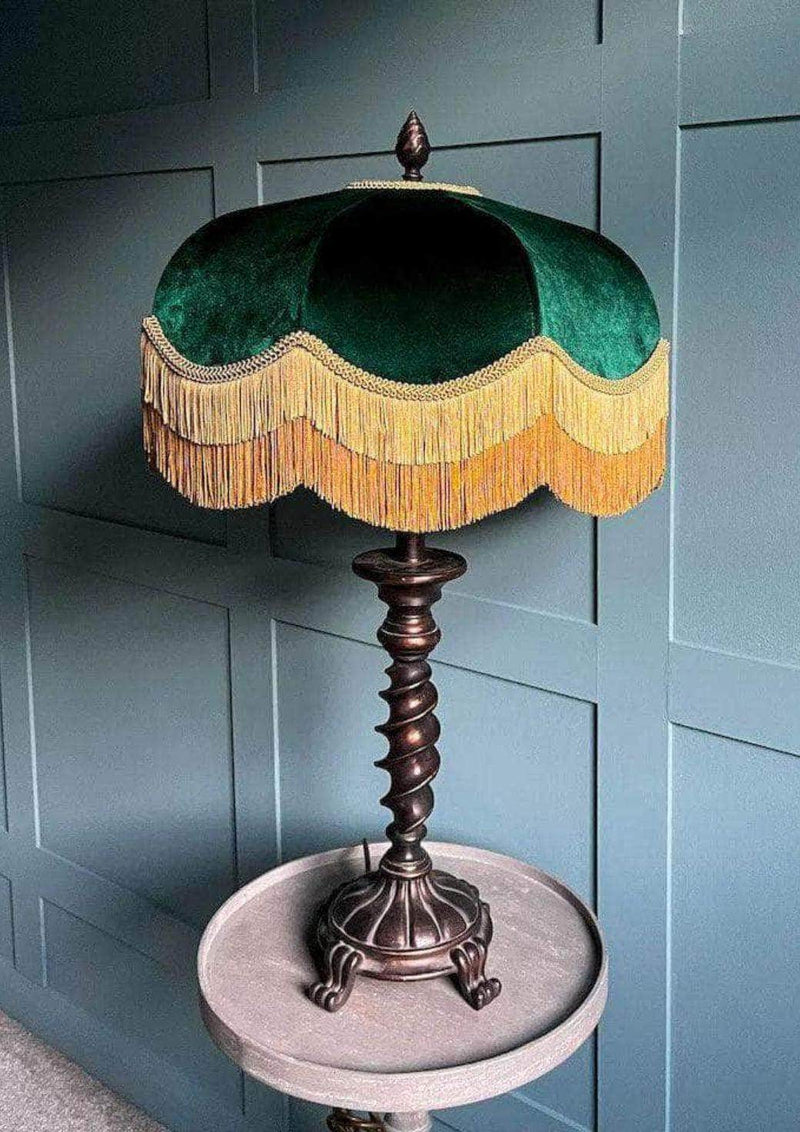
Illuminating with Glamorous Lighting Fixtures
Lighting is crucial in creating the right Art Deco ambience. Look for fixtures with geometric shapes, metallic finishes (brass, chrome, or gold), and frosted or coloured glass.
Chandeliers with stepped designs or radiating patterns are classic Art Deco choices for living and dining rooms. Wall sconces with clean lines and a touch of metallic sheen can add a sophisticated glow.
Table lamps with geometric bases and elegant shades can provide both task lighting and decorative flair. A vintage Murano glass lamp next to a clean-lined travertine side table from Maison Flâneur? That’s how you create balance.
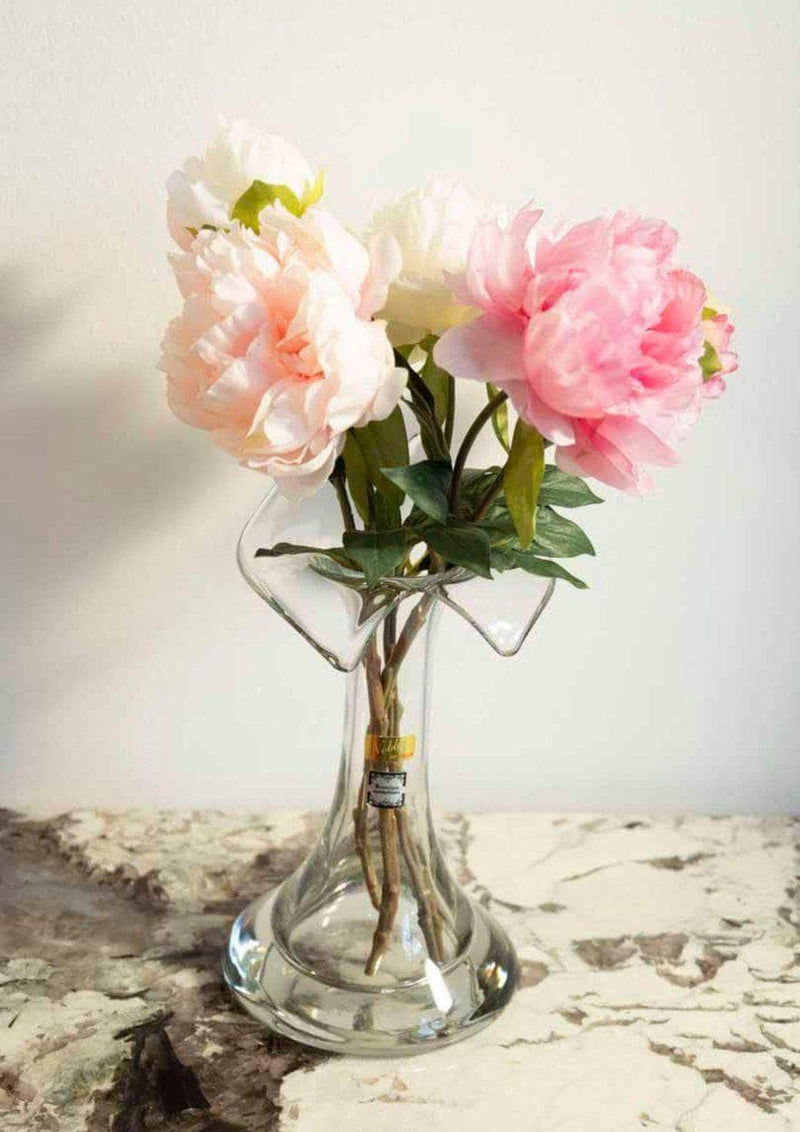
Accessorising with Decorative Flair
Art Deco accessories should reflect the style's emphasis on glamour and sophistication. Think about incorporating sculptural objects in metal or glass, decorative trays with geometric patterns, and artwork featuring bold lines and stylised figures.
Consider displaying collections of interesting objects, such as vintage perfume bottles or geometric ceramics. A gilt-framed vintage mirror against a minimalist plaster wall? That’s how you do tension.
Don't forget the power of metallics. Introduce touches of gold, silver, or brass through picture frames, candle holders, and other small decorative items.
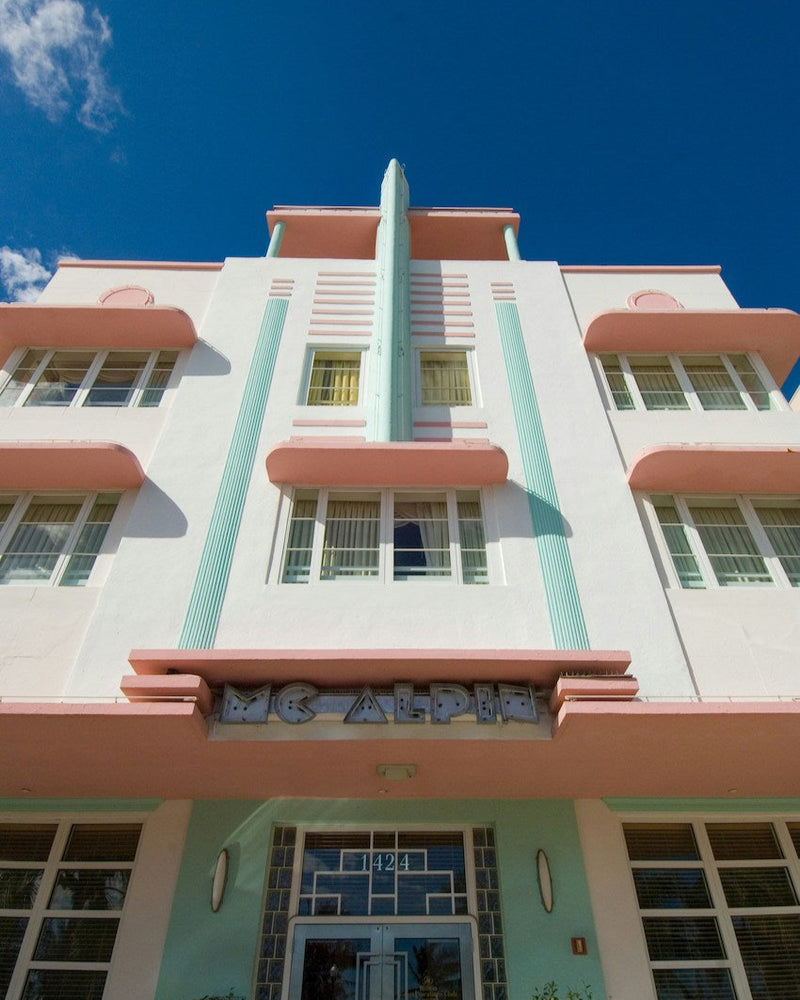
Where Can You See Stunning Examples of Art Deco?
The world is full of incredible examples of Art Deco design, from grand architectural landmarks to intimate interior spaces.
The Ritz Paris is a quintessential example of French Art Deco, showcasing opulent materials, geometric detailing, and a sense of timeless elegance. Its interiors offer a masterclass in sophisticated design. In the United States, Miami's South Beach is renowned for its vibrant collection of Art Deco hotels, featuring pastel colours, streamlined forms, and playful decorative elements.
These buildings offer a colourful and energetic take on the style. Consider the iconic Radio City Music Hall in New York City, with its sweeping curves, geometric murals, and lavish ornamentation. It's a true testament to the grandeur of the Art Deco era.
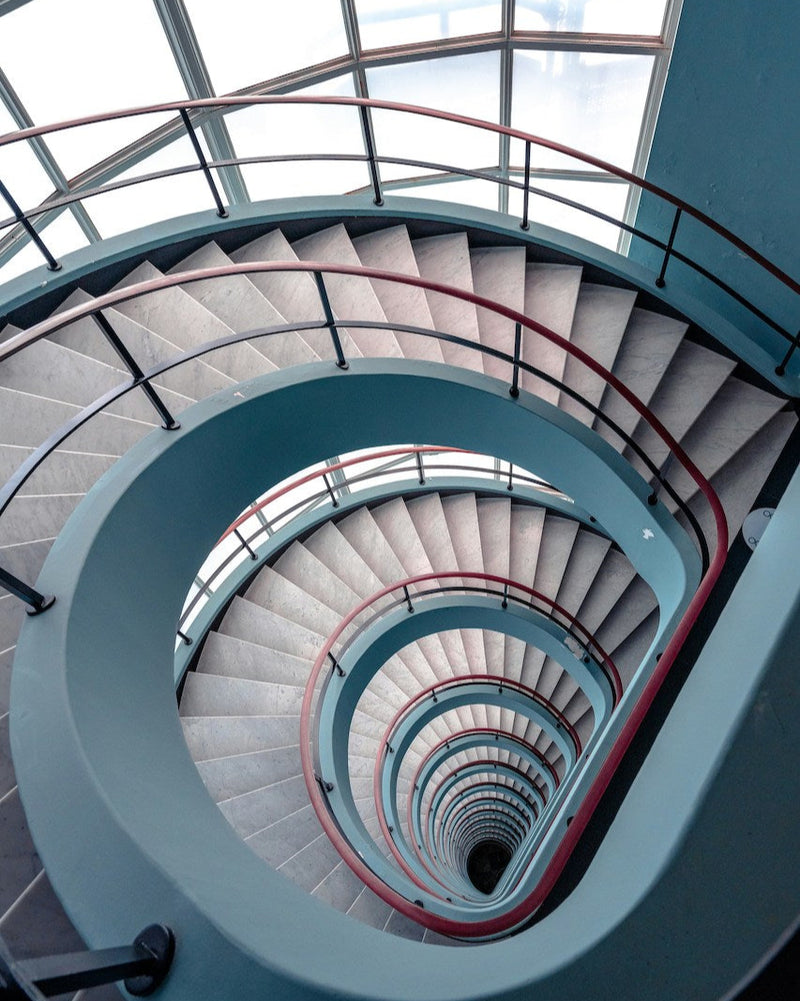
Why Does Art Deco Remain So Appealing Today?
Despite being a style from the past, Art Deco continues to resonate with contemporary designers and homeowners for several reasons.
Its emphasis on elegance and sophistication offers a welcome contrast to more minimalist or rustic trends. The use of rich materials and bold patterns creates spaces that feel special and memorable.
Art Deco's timeless appeal lies in its ability to feel both classic and modern. The clean lines and geometric forms can easily be integrated into contemporary settings, while the luxurious materials add a touch of vintage glamour.
At Maison Flâneur, we believe the best interiors feel collected, not decorated. Art Deco, with its emphasis on curated pieces and striking details, aligns perfectly with this philosophy. Try layering a contemporary linen throw over a vintage leather armchair—see how the textures play together.
FAQ
What is the main characteristic of Art Deco?
The main characteristics of Art Deco include bold geometric patterns (such as zigzags and chevrons), luxurious materials (like velvet, chrome, and lacquered wood), and a sense of streamlined elegance. Symmetry and strong, clean lines are also key features.
Is Art Deco still popular in interior design?
Absolutely! Art Deco has experienced a significant resurgence in recent years. Its timeless glamour and sophisticated aesthetic appeal to those seeking a stylish and distinctive look for their homes. It can be incorporated in full or as accent pieces within other design styles.
What colours are typically used in Art Deco interiors?
Art Deco colour palettes often feature bold contrasts, such as black and gold, emerald green and silver, or navy and white. Muted tones like cream, beige, and grey are also common, often accented with metallic hues.
What kind of furniture is typical for Art Deco?
Art Deco furniture typically features strong, clean lines, geometric shapes, and luxurious upholstery like velvet or leather. Mirrored or glass surfaces, as well as inlays of exotic woods or metals, are also common. Consider a statement sideboard or a plush, angular armchair.
How can I add Art Deco touches to a modern home?
You can incorporate Art Deco elements into a modern home by introducing statement lighting fixtures with geometric designs and metallic finishes, adding cushions or throws with bold geometric patterns, or incorporating a few key furniture pieces with Art Deco silhouettes. Even small accessories like mirrored trays or sculptural objects can make a difference.

